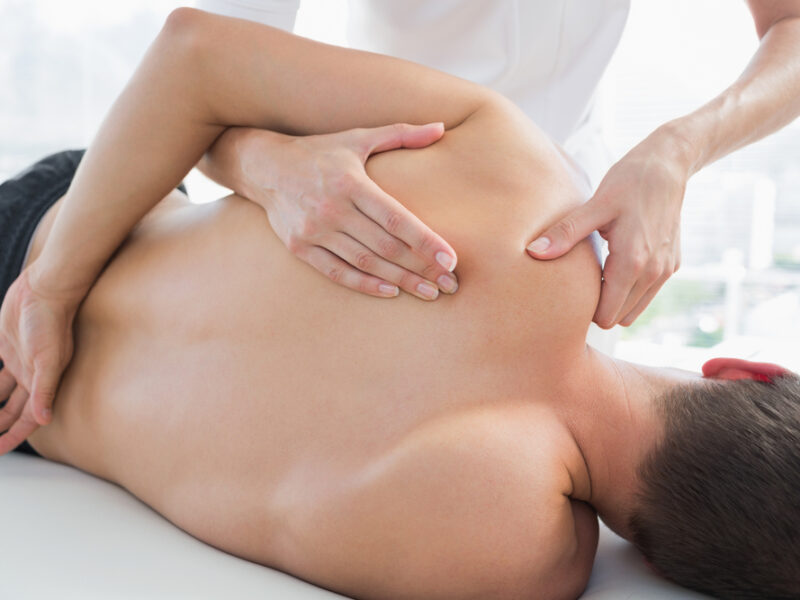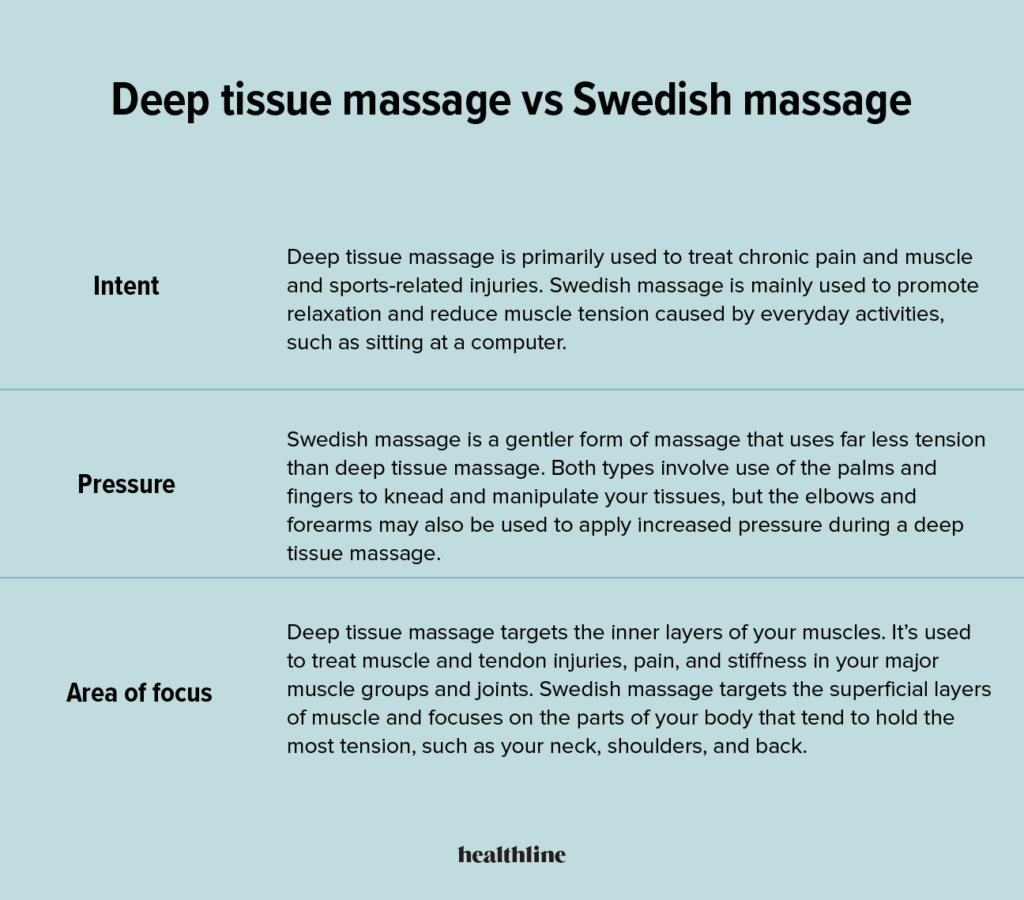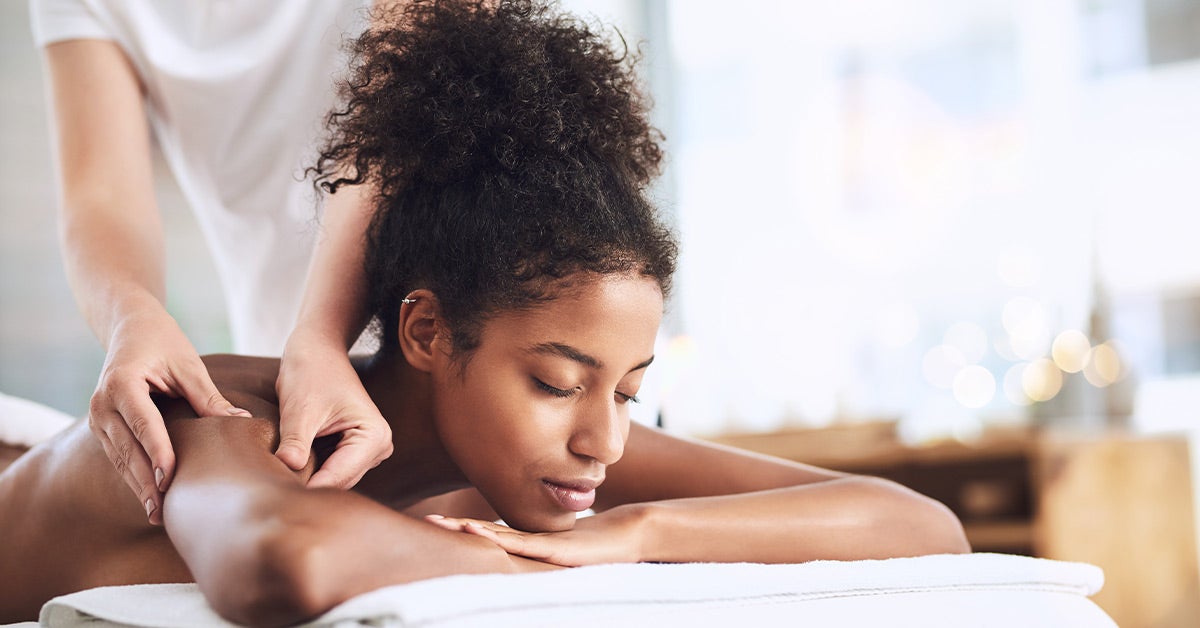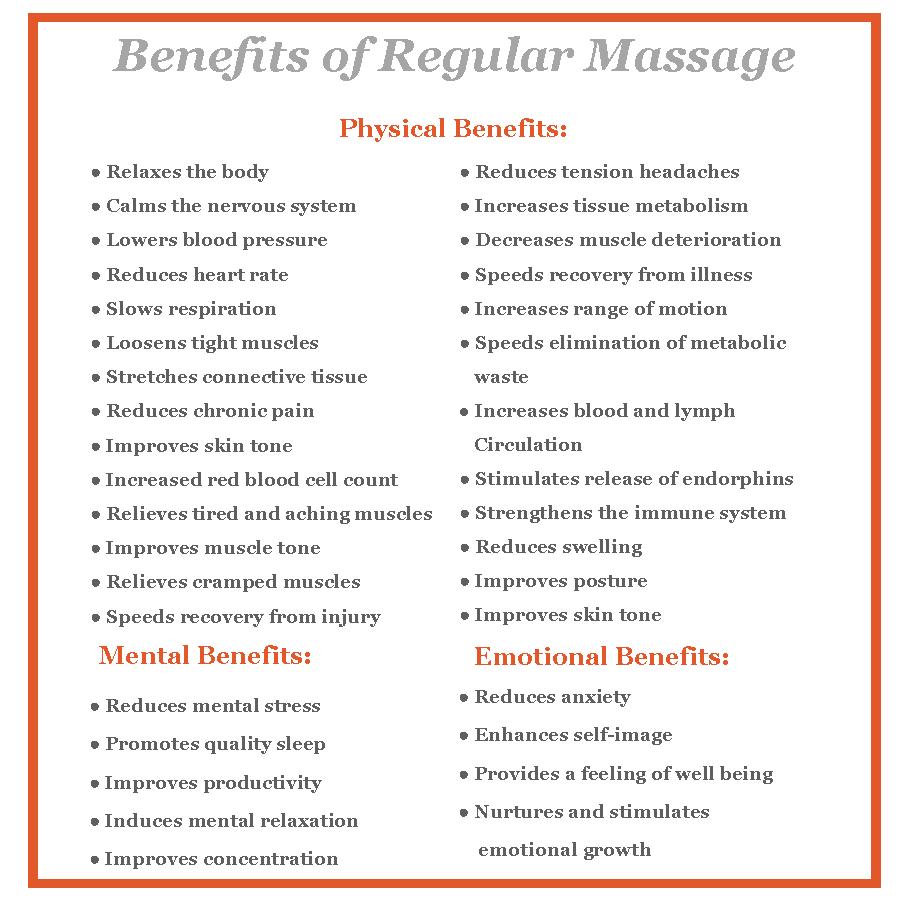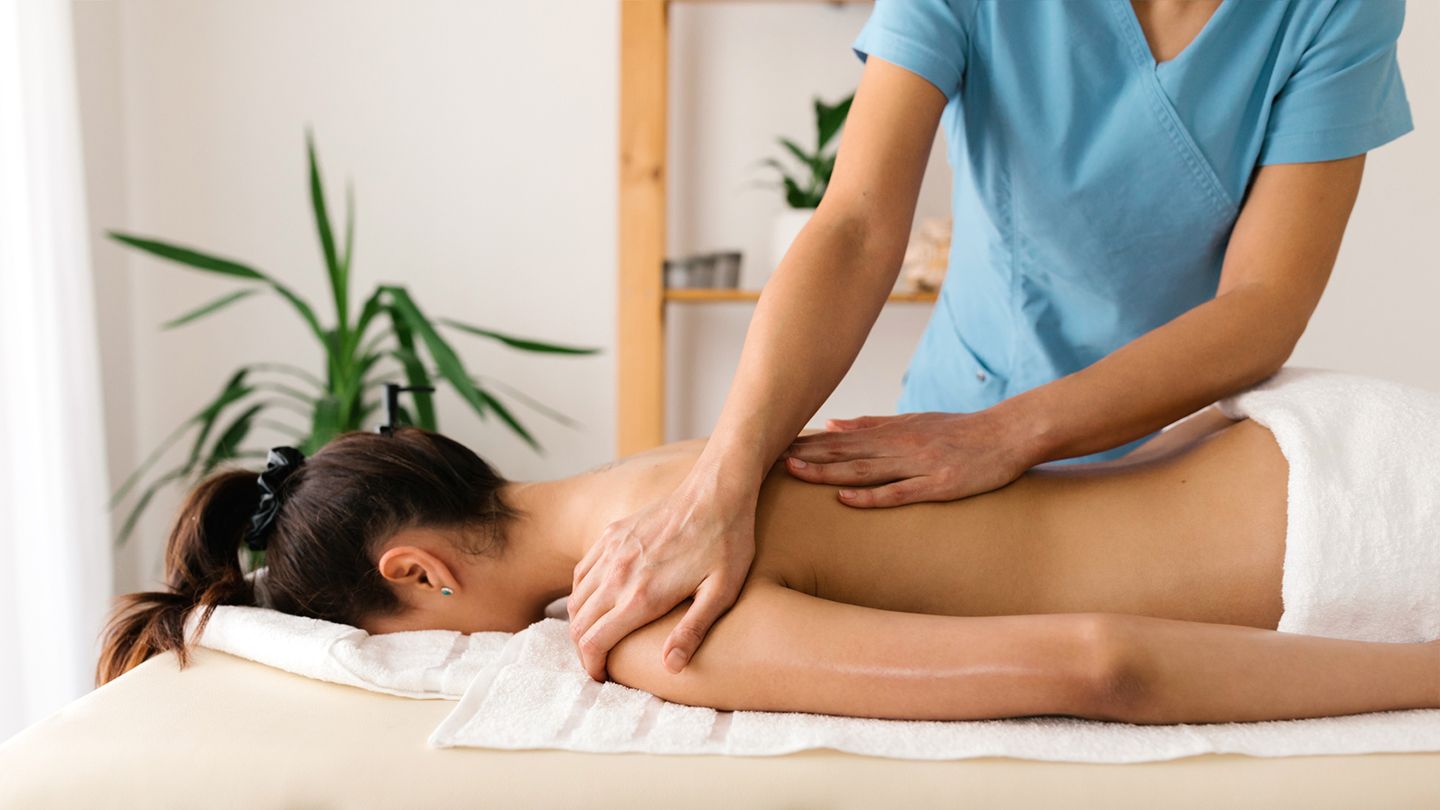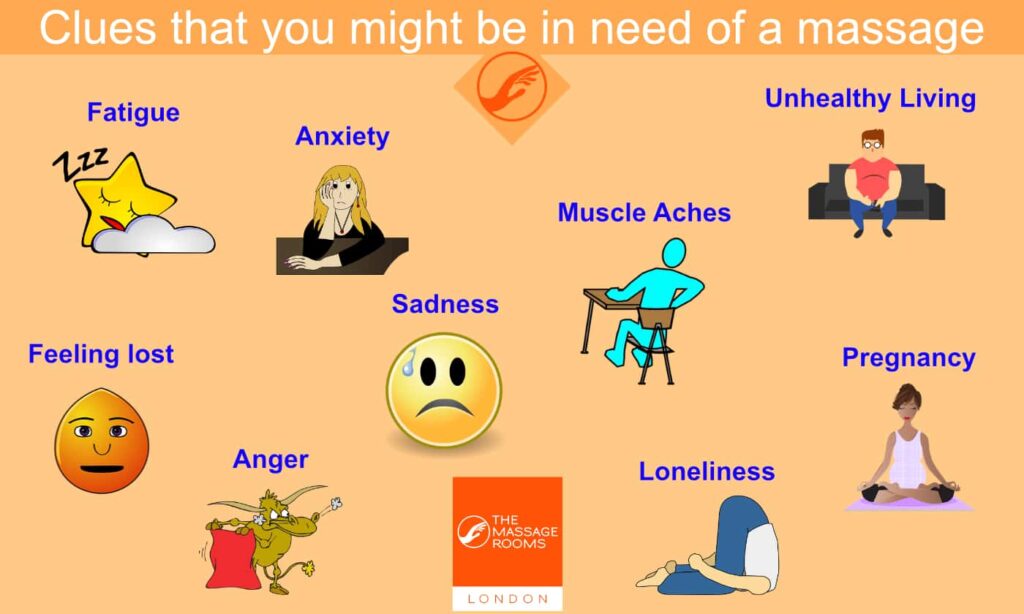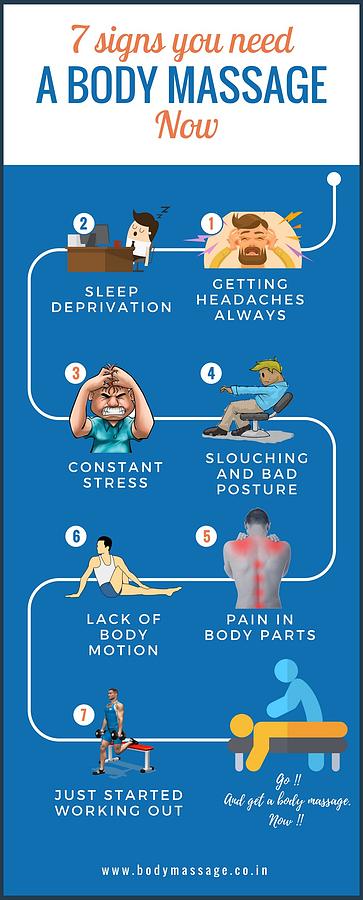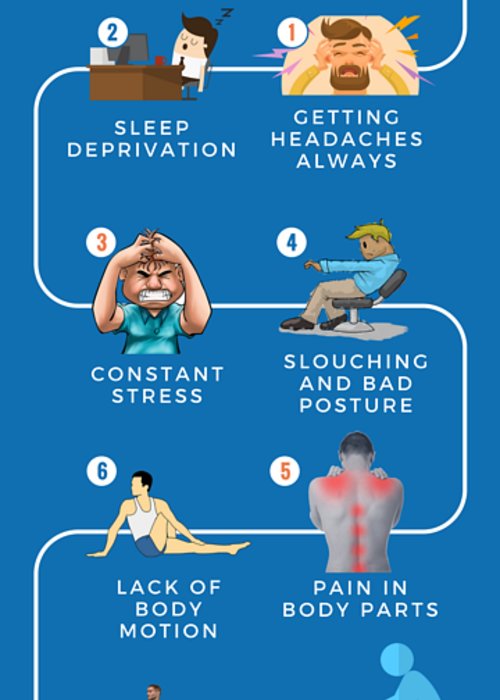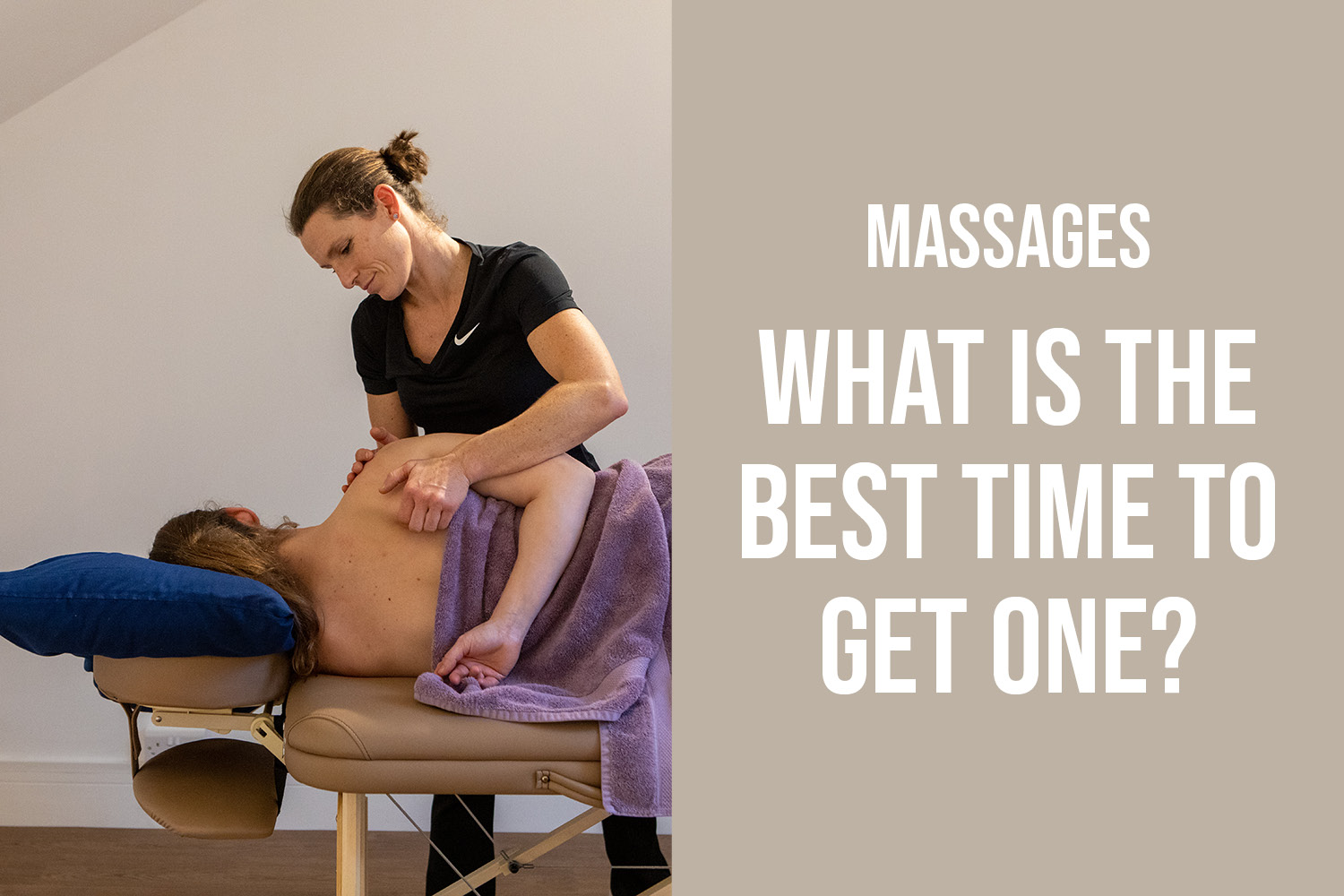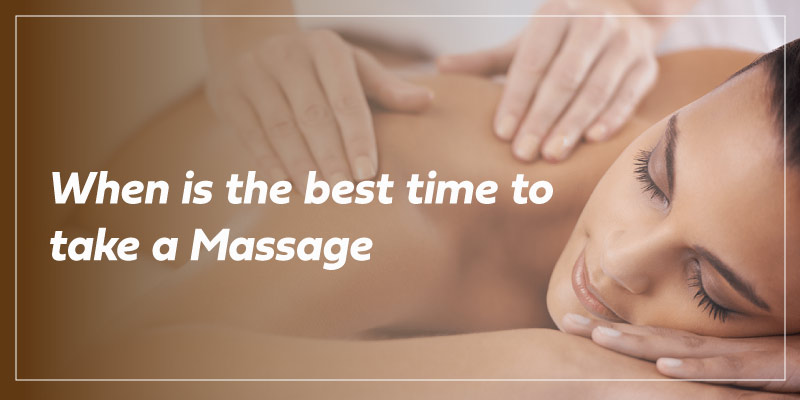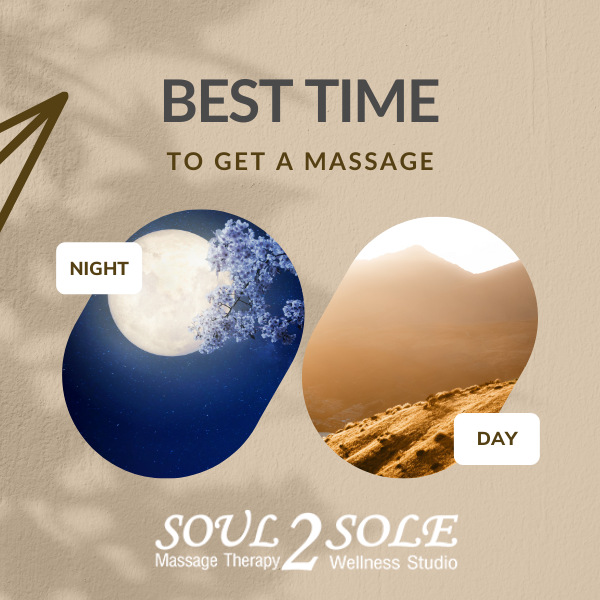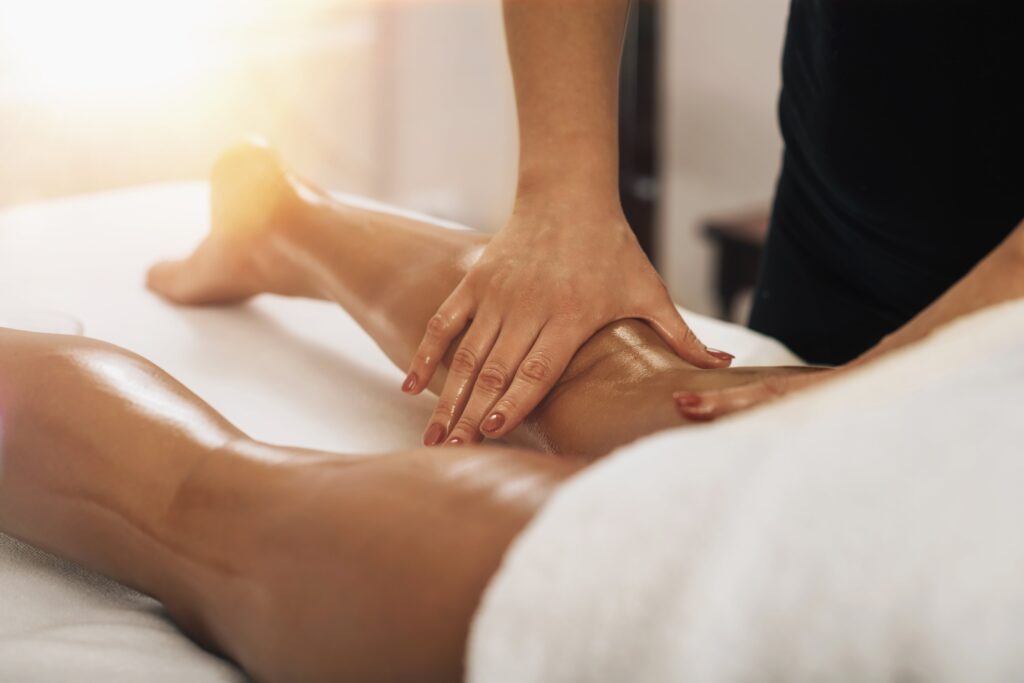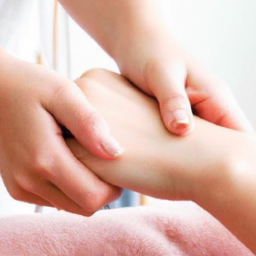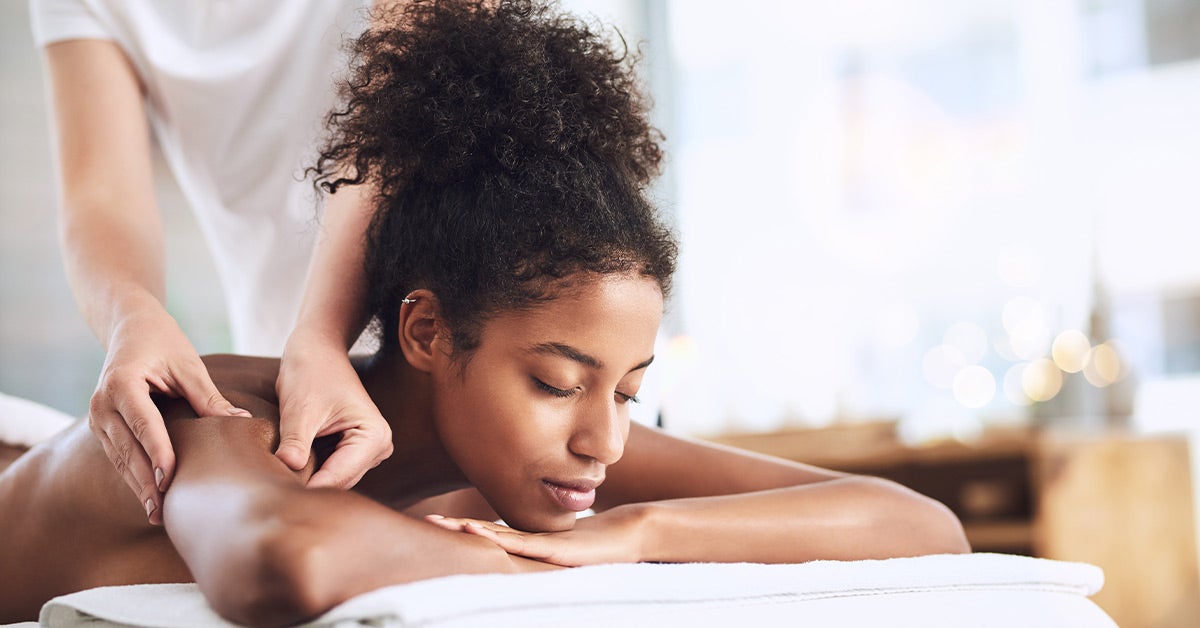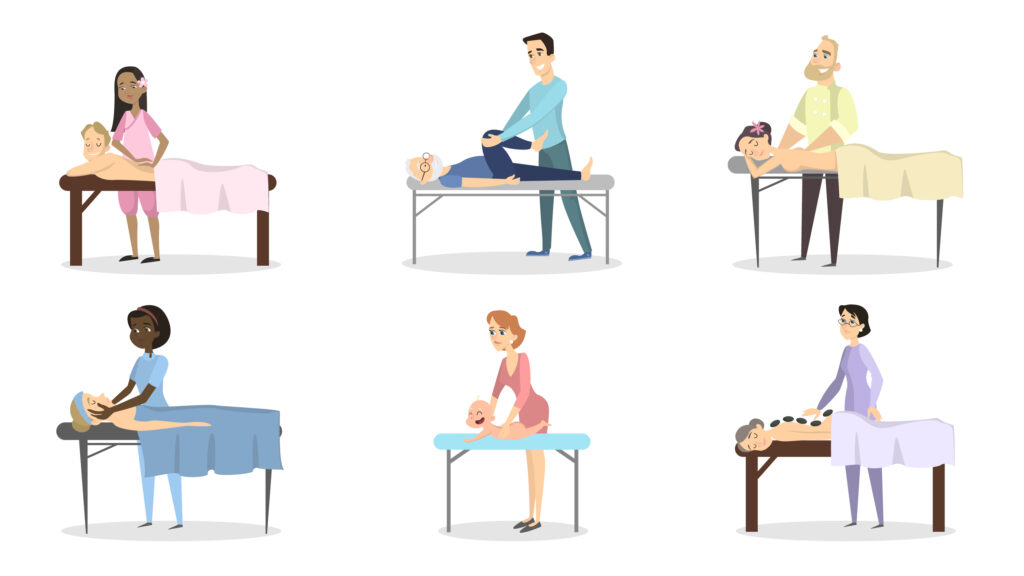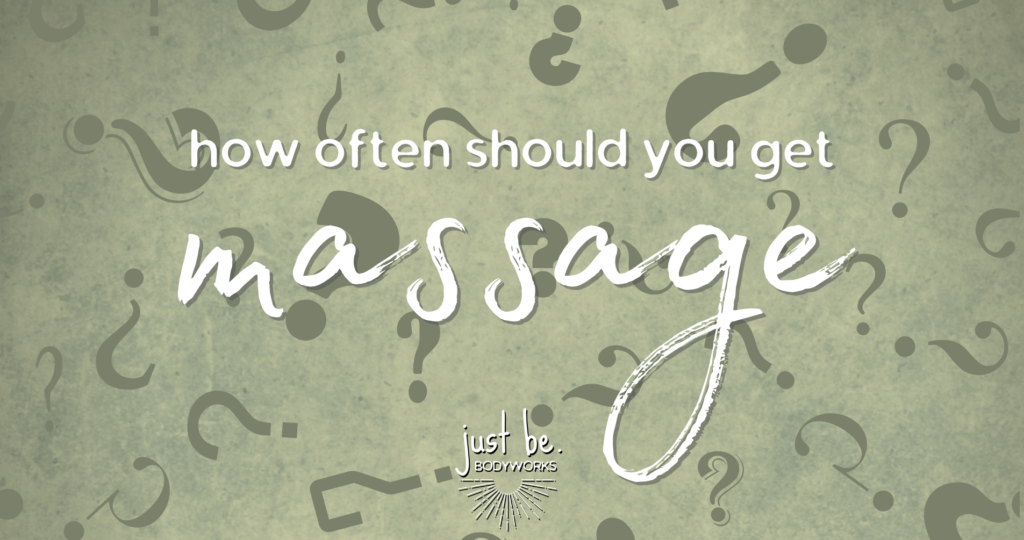In this article, you will learn what actions to avoid while having a massage. Whether you are a seasoned massage-goer or new to the experience, it’s important to know the things you should not do to ensure a relaxing and enjoyable session.
Firstly, when receiving a massage, it is crucial that you communicate your needs and preferences to the therapist. However, it’s important not to direct or control their movements. Trust in their expertise and allow them to work their magic. Additionally, try to avoid excessive talking during the massage, as this can disrupt the peaceful ambiance and distract both you and the therapist from fully enjoying the experience.

This image is property of cdn.mamamia.com.au.
What Should You Not Do During A Massage?
As massage therapists and massage enthusiasts, we believe in promoting a safe and enjoyable massage experience for everyone. To ensure that you have the best possible massage, there are certain things you should avoid doing during your session. By following these guidelines, you can maximize the benefits of your massage and create a respectful and comfortable environment for both you and your therapist.
Know Your Medical History
Before your massage session, it is important to communicate any relevant medical information to your therapist. Certain conditions, such as high blood pressure, heart problems, or recent injuries, may require special attention during the massage. By sharing your medical history, you allow the therapist to tailor the session to your needs and ensure your safety.
Avoid Heavy Meals
Eating a heavy meal before your massage can make you feel uncomfortable and bloated during the session. It is best to eat a light meal or snack at least an hour before your appointment. This will prevent any digestive issues and allow you to fully relax and enjoy the massage experience.
Stay Hydrated
Proper hydration is essential before, during, and after a massage. Drinking plenty of water before your session helps to prepare your muscles and tissues for manipulation. It also helps your body flush out toxins that are released during the massage. Remember to continue drinking water after your massage to maintain optimal hydration.
Clearly Communicate Your Preferences
To ensure the best experience, be open and honest with your therapist about your preferences. Communicate your desired pressure, areas of focus, and any specific techniques you enjoy. This will help the therapist tailor the massage to your liking and provide a more satisfying and effective treatment.
Speak Up if Something Is Painful
During your massage, it is important to speak up if you experience any discomfort or pain. Your therapist is trained to adjust the pressure and techniques to suit your needs. With your feedback, they can make necessary modifications to ensure your comfort and safety throughout the session. Remember, communication is key to a successful massage experience.
Inform the Therapist of Any Discomfort
In addition to pain, it is important to inform your therapist of any discomfort you may feel during the session. This could include excessive heat or cold, an uncomfortable position, or any other factors that detract from your relaxation. By voicing your concerns, the therapist can make the necessary adjustments to enhance your comfort and enjoyment.
Do Not Touch the Therapist
While it is important to communicate with your therapist, it is crucial to respect their boundaries. As a client, it is not appropriate to touch your therapist during the session, unless they explicitly ask for your participation in a specific technique. Physical contact should be initiated by the therapist to maintain a professional and respectful environment.
Avoid Sexual Remarks or Advances
A massage session is a professional and therapeutic experience. It is essential to avoid making any sexual remarks or advances towards your therapist. Such behavior is inappropriate and disrespectful, and it can lead to immediate termination of the session. Treat your therapist with the same respect you would give any healthcare provider.
Maintain Appropriate Dressing
When receiving a massage, it is customary to undress to your comfort level. You will be properly draped throughout the session, ensuring your privacy and comfort. However, it is important to maintain appropriate dressing before and after the massage. This means wearing clothing that is clean, modest, and respectful to the therapist and other clients in the facility.
Shower Before the Massage
Maintaining good personal hygiene is essential before a massage. Taking a shower or bath before your session ensures that your body is clean and free from dirt or odors. This allows both you and your therapist to fully relax and enjoy the experience without any distractions or discomfort.
Avoid Using Strong Perfumes
While it is important to be clean, it is equally important to avoid using strong perfumes or scented products before your massage. Strong fragrances can be overpowering and may trigger allergies or sensitivities in both you and your therapist. Opt for a mild, neutral scent or go without any fragrance to create a comfortable environment for everyone.
Keep Your Feet Clean
Feet tend to accumulate dirt and sweat throughout the day. To show respect to your therapist and maintain good hygiene, it is important to keep your feet clean before your massage. Regularly wash your feet and ensure they are fresh and odorless before your session. This simple step can enhance your overall massage experience.
Limit Conversation during the Massage
While it is important to communicate your preferences and concerns to your therapist, it is equally important to limit excessive talking during the massage. The purpose of a massage is to relax and allow your mind and body to unwind. Excessive conversation can be distracting and hinder the therapeutic benefits of the session. Instead, focus on deep breathing and fully immersing yourself in the experience.
Be Mindful of the Therapist’s Focus
During your massage, the therapist will be focusing on specific areas of your body to release tension and promote relaxation. It is important to be mindful of their focus and avoid moving or tensing up unnecessarily. By allowing the therapist to work freely and without resistance, you can maximize the benefits of the massage and achieve optimal results.
Silence Your Phone
To create a peaceful and uninterrupted environment, it is crucial to silence your phone before your massage. The ringing or vibrating of a phone can disrupt the tranquility of the session and distract both you and your therapist. By turning off your phone or putting it on silent mode, you can fully immerse yourself in the massage experience and enjoy its therapeutic benefits.
Avoid Arriving Late
Arriving late for your massage appointment can be stressful for both you and your therapist. It disrupts their schedule and reduces the time available for your session. To fully benefit from your massage and create a relaxed atmosphere, it is important to arrive on time. Aim to arrive at least 10-15 minutes before your scheduled appointment to allow time for any necessary paperwork or preparation.
Do Not Bring Kids or Pets
To maintain a tranquil and professional environment, it is important to avoid bringing children or pets to your massage appointment. Massage studios and spas are designed to create a peaceful ambiance, and the presence of children or pets can be distracting to both you and others in the facility. Arrange for appropriate childcare or pet care to ensure a calm and uninterrupted massage experience.
Relax and Let Go of Tension
During your massage, it is important to relax and let go of any tension or stress. This allows the therapist to work more effectively and helps you to fully benefit from the treatment. Focus on your breath and consciously release any tightness or resistance in your body. The more relaxed you are, the more you will enjoy the massage and its therapeutic effects.
Do Not Hold Your Breath
Sometimes, when we experience discomfort or pain, we have a tendency to hold our breath. However, this can actually increase tension in your muscles and reduce the effectiveness of the massage. During your session, make a conscious effort to breathe deeply and evenly. This will oxygenate your muscles, promote relaxation, and enhance the overall effectiveness of the massage.
Do Not Resist the Massage
Occasionally, certain massage techniques may cause temporary discomfort or trigger points of pain. It is important to resist the urge to resist or tense up during these moments. Instead, communicate with your therapist and allow them to adjust or modify their technique. By surrendering to the massage and trusting your therapist, you can achieve a deeper state of relaxation and reap the full benefits of the treatment.
Refrain from Alcohol Consumption
Drinking alcohol before a massage can interfere with the therapeutic effects of the treatment. Alcohol can dehydrate your body and impair your judgment, making it harder to fully relax and enjoy the experience. To fully benefit from your massage and ensure your safety, it is best to refrain from consuming alcohol before your appointment.
Avoid Drug Intake before a Massage
Similar to alcohol, the use of drugs or medications before a massage can have negative effects on your massage experience. Certain medications may cause drowsiness or dizziness, making it unsafe to receive a massage. It is important to inform your therapist of any medications you are currently taking and follow their recommendations regarding massage safety.
Take it Easy after the Massage
After your massage, it is important to take it easy and allow your body time to fully absorb the benefits of the treatment. Avoid engaging in strenuous physical activities, intense workouts, or heavy lifting immediately after your session. Instead, take the time to relax, hydrate, and enjoy the lingering effects of your massage.
Avoid Strenuous Activities
Post-massage, it is advisable to avoid any strenuous activities that may strain your muscles or undo the benefits of the treatment. Give your body time to recover and rejuvenate. Engage in gentle stretches, take a leisurely walk, or simply rest and relax. This will allow your muscles to heal and ensure that you gain the maximum benefits from your massage session.
Follow the Therapist’s Recommendations
Your massage therapist may provide you with specific recommendations or aftercare instructions to optimize the benefits of your massage. These recommendations may include tips for stretching, self-care, or future appointment scheduling. It is important to follow these instructions to ensure continued progress and enhance the overall effectiveness of your massage.
Conclusion
When it comes to receiving a massage, prioritizing your comfort, safety, and respect for the therapist is crucial. By following the guidelines outlined in this article, you can avoid common pitfalls and create a positive and enjoyable massage experience. Remember to communicate openly with your therapist, respect their boundaries, and adhere to proper hygiene and etiquette. By doing so, you will not only enhance the benefits of your massage but also foster a healthy and nurturing relationship with your therapist. So, relax, unwind, and enjoy the therapeutic journey of your next massage session.

This image is property of learnmuscles.com.





